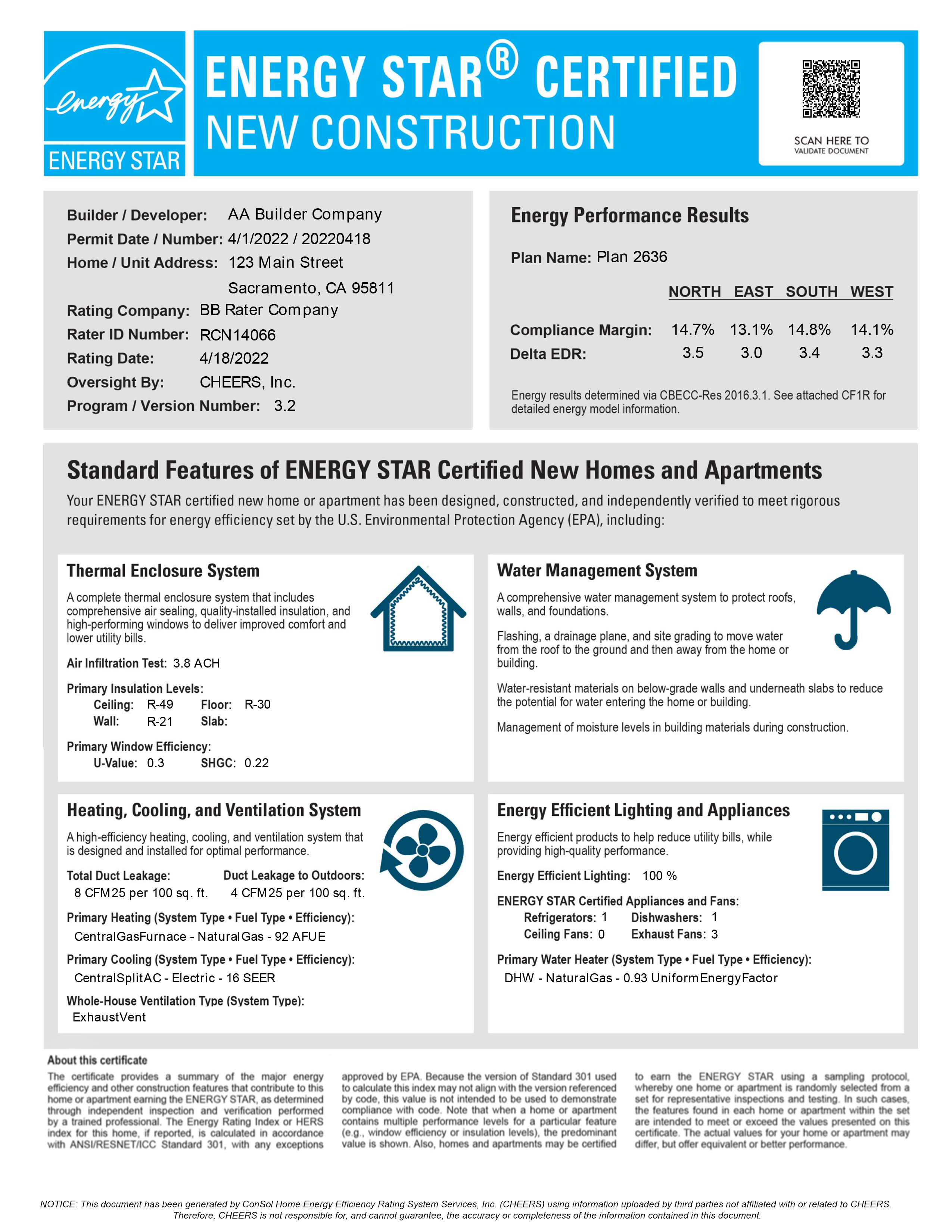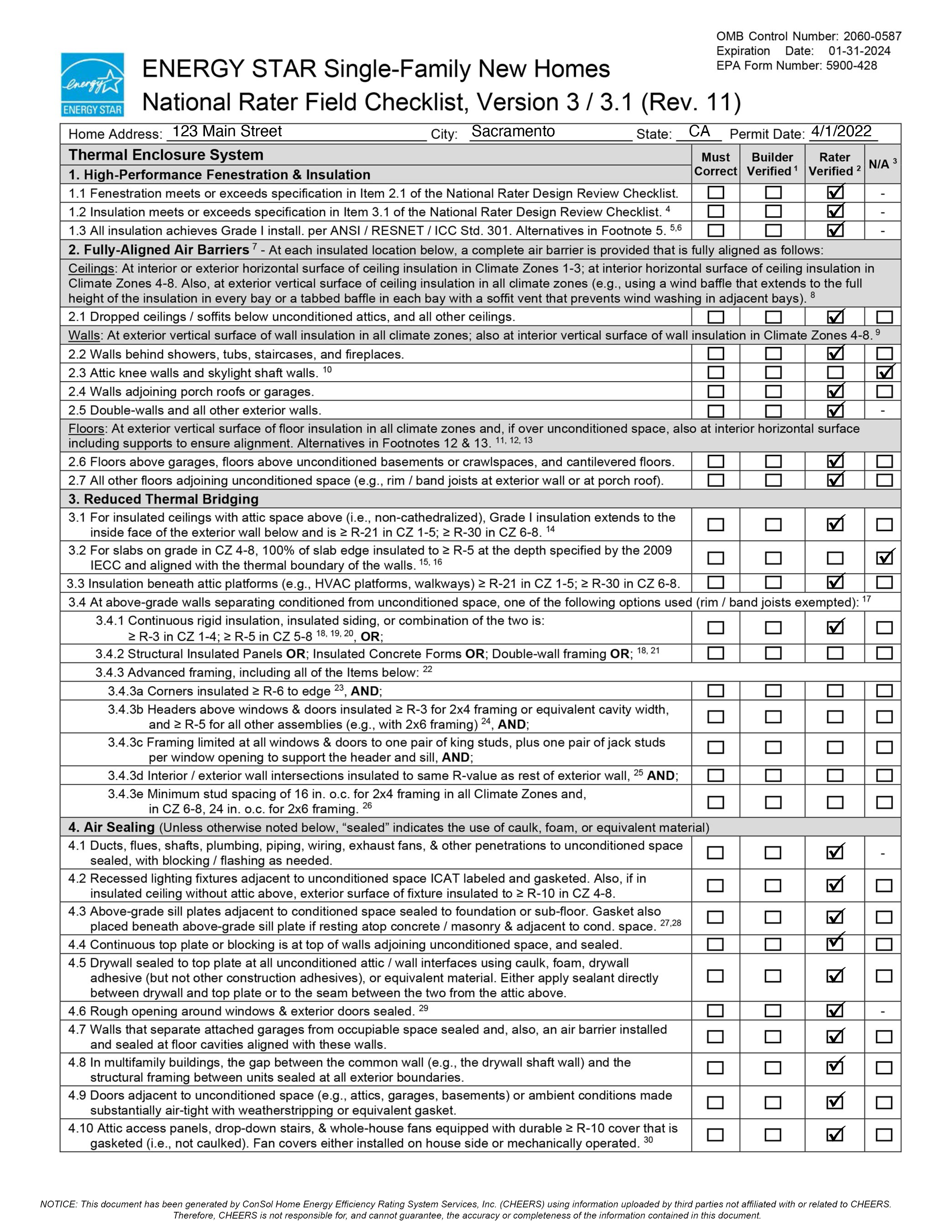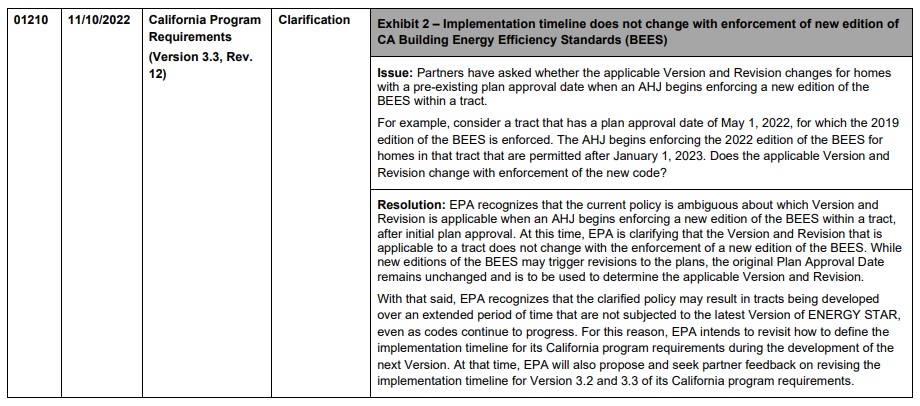ENERGY STAR® for California homes
ENERGY STAR certified homes are designed and built better from the ground up. HERS Raters can inspect, test and certify ENERGY STAR homes through CHEERS, an EPA recognized Home Certifying Organization.
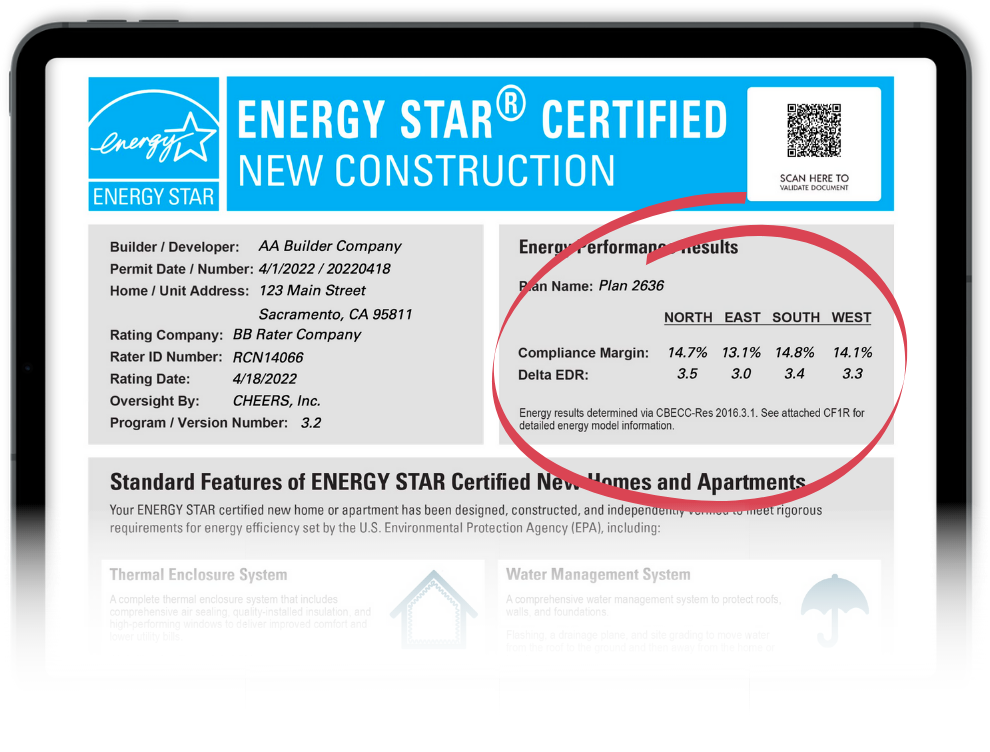

ENERGY STAR certified homes in California
ENERGY STAR homes save energy, save money, and help protect the environment. A California ENERGY STAR certified home meets the California ENERGY STAR requirements set by the Environmental Protection Agency (EPA). These requirements include:
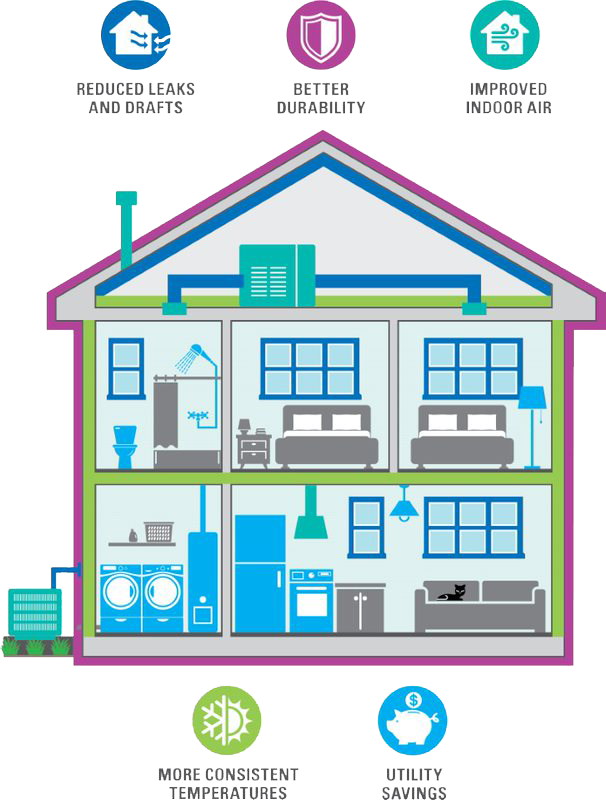
- Energy modeled savings – A compliance margin of 10%+ or delta EDR of 3+ points calculated by CEC approved compliance software.
- High-performance components – Energy efficient windows, insulation, and HVAC equipment are installed and verified in ENERGY STAR homes.
- Designed systems – Equipment and ductwork are sized and installed correctly to maximize comfort and performance. Ventilation and filtration systems are calibrated to reduce indoor air pollutants.
- Independent verification – Detailed insulation, air barrier, HVAC equipment, duct leakage, and exhaust air inspections are performed by HERS Raters to verify the ENERGY STAR Design Review and Field checklists.
Federal tax credits are available for ENERGY STAR and Zero Energy Ready Home participation
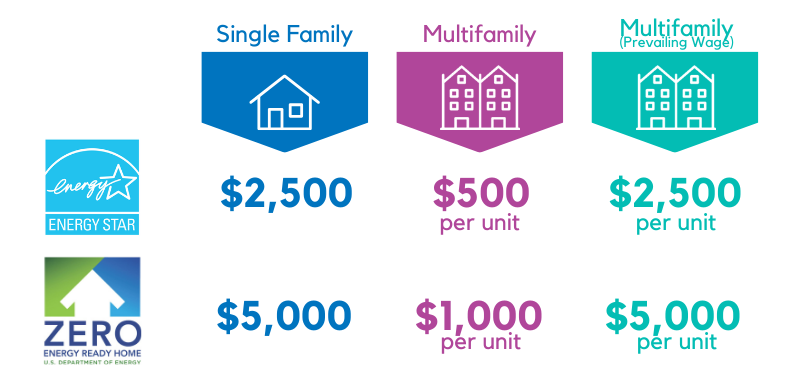

The ENERGY STAR Certification Process
The ENERGY STAR certification process begins at the design stage of the home. There are three critical role-players in the ENERGY STAR program.
ENERGY STAR documentation and reporting
CHEERS provides the central documentation and certification hub for the California ENERGY STAR program. HERS Raters record their ENERGY STAR inspection and verification information within the CHEERS registry. At project completion, an ENERGY STAR certification PDF package is available for download and handoff to the builder containing:
California’s top production builders participate in the ENERGY STAR program through CHEERS!





